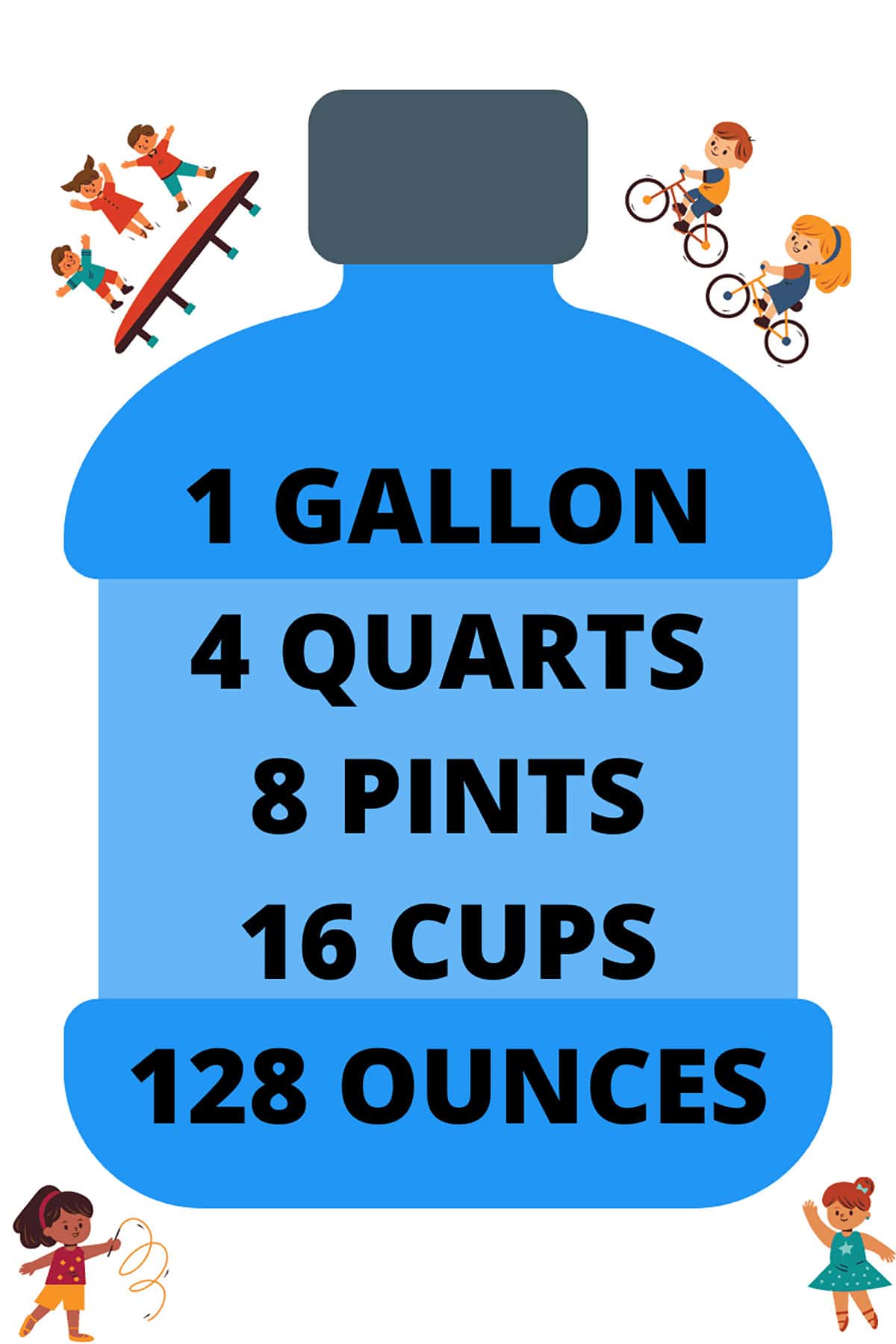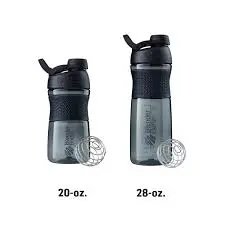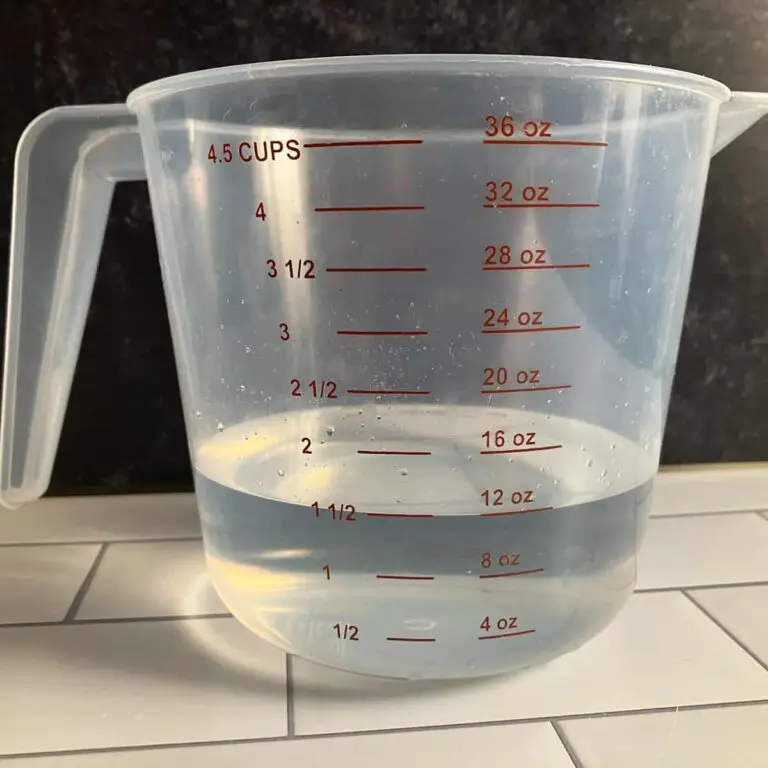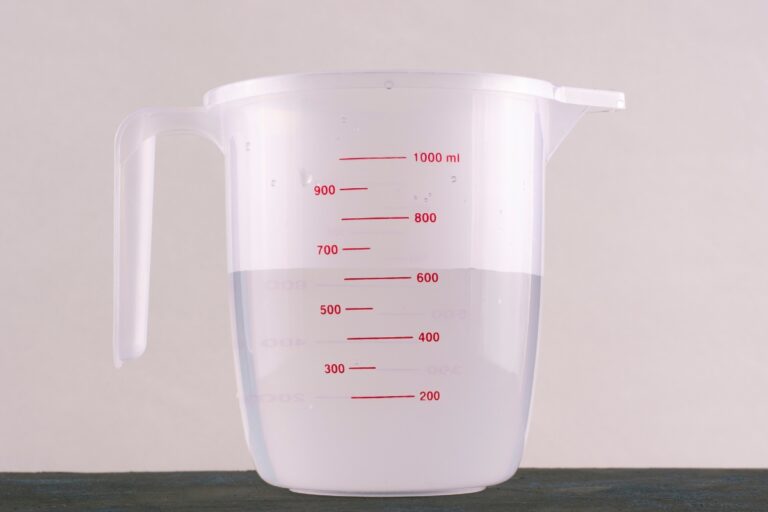I. Understanding the Measurement System: Fluid Ounces and Gallons
When it comes to understanding measurements, it’s important to have a grasp of the different units used in the system. Two commonly used units for measuring liquids are fluid ounces (oz) and gallons. If you’ve ever found yourself wondering how many ounces are in a gallon, you’re not alone. In this article, we will explore the relationship between fluid ounces and gallons and provide a clear answer to the question.
In the United States customary system of measurement, fluid ounces and gallons are used to measure liquid volume. Let’s start by understanding the basic units:
Fluid Ounces: A fluid ounce (oz) is a unit of volume that is commonly used to measure liquid quantities. It is abbreviated as “fl oz” or simply “oz”. One fluid ounce is equal to 1/128th of a gallon.
Gallons: A gallon is a larger unit of volume used to measure liquid quantities. It is abbreviated as “gal”. One gallon is equivalent to 128 fluid ounces or 16 cups.
Now that we have a basic understanding of fluid ounces and gallons, let’s dig deeper into the relationship between the two units.
Converting Fluid Ounces to Gallons
To convert fluid ounces to gallons, we need to divide the number of fluid ounces by the conversion factor, which is 128. Here’s the formula:
Gallons = Fluid Ounces ÷ 128
For example, let’s say we have 256 fluid ounces. To convert this to gallons, we divide 256 by 128:
Gallons = 256 fl oz ÷ 128 = 2 gallons
So, 256 fluid ounces is equal to 2 gallons.
Similarly, if we have 64 fluid ounces, we divide 64 by 128:
Gallons = 64 fl oz ÷ 128 = 0.5 gallons
Therefore, 64 fluid ounces is equal to 0.5 gallons.
Converting Gallons to Fluid Ounces
To convert gallons to fluid ounces, we need to multiply the number of gallons by the conversion factor, which is 128. Here’s the formula:
Fluid Ounces = Gallons × 128
For example, let’s say we have 3 gallons. To convert this to fluid ounces, we multiply 3 by 128:
Fluid Ounces = 3 gal × 128 = 384 fluid ounces
So, 3 gallons is equal to 384 fluid ounces.
Similarly, if we have 0.25 gallons, we multiply 0.25 by 128:
Fluid Ounces = 0.25 gal × 128 = 32 fluid ounces
Therefore, 0.25 gallons is equal to 32 fluid ounces.
In summary, there are 128 fluid ounces in a gallon. The conversion between fluid ounces and gallons is straightforward and can be done by dividing or multiplying by 128, depending on the direction of the conversion.
Understanding this conversion can be useful in various situations, such as cooking or when dealing with fluid quantities in industries that use the US customary system. It allows for accurate measurements and ensures consistency in calculations.
If you want to learn more about fluid ounces and gallons, you can refer to the Gallon and Fluid Ounce pages on Wikipedia for further information.
Now that you have a better understanding of the relationship between fluid ounces and gallons, you can confidently convert between the two units in your
II. US Fluid Ounces and US Gallons
When it comes to measuring liquids, the US fluid ounce (oz) and US gallon are commonly used units of volume. Understanding the conversion between ounces and gallons can be helpful in various situations, such as cooking, mixing chemicals, or understanding liquid product packaging. Let’s explore the conversion factors from ounces to gallons and provide some examples and calculations for clarity.
Conversion Factors from Oz to Gallons (US)
To convert fluid ounces to gallons, you need to know the conversion factor. Here are the conversion factors for the commonly used US fluid ounces and gallons:
- 1 US fluid ounce (oz) = 0.0078125 US gallons (gal)
- 1 US gallon (gal) = 128 US fluid ounces (oz)
These conversion factors allow you to easily convert between fluid ounces and gallons. For example, to convert 16 fluid ounces to gallons, you would divide 16 by 128:
16 oz / 128 oz = 0.125 gal
This means that 16 fluid ounces is equal to 0.125 US gallons.
Examples and Calculations
Let’s explore some practical examples and calculations to further illustrate the conversion between fluid ounces and gallons:
- Example 1: How many gallons are in 64 fluid ounces?To convert 64 fluid ounces to gallons, you would divide 64 by 128:64 oz / 128 oz = 0.5 galTherefore, 64 fluid ounces is equal to 0.5 US gallons.
- Example 2: How many fluid ounces are in 2.5 gallons?To convert 2.5 gallons to fluid ounces, you would multiply 2.5 by 128:2.5 gal x 128 oz = 320 ozTherefore, 2.5 US gallons is equal to 320 fluid ounces.
- Example 3: How many fluid ounces are in a 16.9 fl oz bottle of water?The bottle of water is already measured in fluid ounces, so no conversion is necessary. Therefore, a 16.9 fl oz bottle of water contains 16.9 fluid ounces.
It’s important to note that these conversion factors are specific to the US fluid ounce and the US gallon. Other countries may have different conversion factors or use different units of volume. It’s always a good idea to confirm the specific conversion factors if you are working with international measurements.
Understanding the conversion between fluid ounces and gallons can be useful in a variety of situations. Whether you’re cooking a recipe that requires precise measurement or trying to understand the volume of a liquid product, knowing the conversion factors allows for easy calculations.
For further information about fluid ounces and gallons, you can refer to the Wikipedia page on fluid ounces and the Wikipedia page on gallons.
Remember to always double-check your measurements and conversions to ensure accuracy in your specific application.
III. UK Fluid Ounces and UK Gallons
When it comes to measuring liquids, different countries use different systems of measurement. In the United Kingdom, the unit of measurement for liquids is the UK fluid ounce (oz) and the UK gallon. Understanding the conversion between ounces and gallons can be helpful in various situations such as cooking, baking, or even understanding container sizes. Here are the conversion factors from ounces to gallons (UK) and some examples to illustrate the calculations.
Conversion Factors from Oz to Gallons (UK)
To convert ounces to gallons (UK), you need to know the conversion factor. Here is the conversion factor for UK fluid ounces to UK gallons:
1 UK gallon = 160 UK fluid ounces
To convert from ounces to gallons, you divide the number of ounces by the conversion factor. Here’s the formula:
Number of Gallons (UK) = Number of Ounces / 160
For example, if you have 320 UK fluid ounces, you can convert it to gallons using the formula:
Number of Gallons = 320 / 160 = 2 UK gallons
Examples and Calculations
Here are a few examples to further illustrate the conversion between ounces and gallons (UK):
Example 1: Convert 80 UK fluid ounces to gallons.
Using the conversion formula:
Number of Gallons = 80 / 160 = 0.5 UK gallons
Therefore, 80 UK fluid ounces is equal to 0.5 UK gallons.
Example 2: Convert 500 UK fluid ounces to gallons.
Using the conversion formula:
Number of Gallons = 500 / 160 = 3.125 UK gallons
Therefore, 500 UK fluid ounces is equal to 3.125 UK gallons.
Example 3: Convert 240 UK fluid ounces to gallons.
Using the conversion formula:Number of Gallons = 240 / 160 = 1.5 UK gallons
Therefore, 240 UK fluid ounces is equal to 1.5 UK gallons.
It’s important to note that the conversion factor mentioned above is specifically for UK fluid ounces and UK gallons. Other countries, such as the United States, use different conversion factors for their fluid ounces and gallons. If you’re dealing with US measurements, it’s essential to use the appropriate conversion factors for accuracy.
Conclusion
Understanding the conversion between ounces and gallons (UK) can be useful in various situations. Whether you’re cooking, baking, or simply trying to understand container sizes, knowing how to convert from ounces to gallons can come in handy. By using the conversion factor of 1 UK gallon = 160 UK fluid ounces, you can easily convert between the two units of measurement. Just remember to use the appropriate conversion factors depending on the measurement system you’re working with to ensure accurate results.
IV. Comparison Between US and UK Measurement Systems
When it comes to measurements, different countries use different systems. One notable difference is between the US and UK measurement systems. Let’s take a closer look at the differences in fluid ounce and gallon measurements between these two systems.
Differences in Fluid Ounce and Gallon Measurements
Fluid Ounce: In the US measurement system, the fluid ounce is a unit of volume used to measure liquids. The abbreviation for fluid ounce is “fl oz.” On the other hand, in the UK measurement system, the fluid ounce is also a unit of volume used to measure liquids. However, the abbreviation for fluid ounce in the UK is “fl oz UK”. The main difference between the two systems is the conversion factor between US fluid ounces and UK fluid ounces.
Gallon: In the US, the gallon is a unit of volume used to measure liquids and is equal to 128 fluid ounces. The abbreviation for gallon is “gal.” In the UK, the gallon is also a unit of volume used to measure liquids. However, the UK gallon is larger than the US gallon, with one UK gallon being equal to 160 UK fluid ounces or 160/128 US fluid ounces.
Conversion Factors between US and UK Fluid Ounces and Gallons
To convert between US fluid ounces and UK fluid ounces, or between US gallons and UK gallons, you can use the following conversion factors:
Conversion factors for fluid ounces:
- 1 US fluid ounce = 0.96076 UK fluid ounces
- 1 UK fluid ounce = 1.04167 US fluid ounces
Conversion factors for gallons:
- 1 US gallon = 0.83267 UK gallons
- 1 UK gallon = 1.20095 US gallons
For example, if you have 10 US fluid ounces and you want to convert it to UK fluid ounces, you can use the conversion factor of 0.96076:
10 US fluid ounces * 0.96076 UK fluid ounces/1 US fluid ounce = 9.6076 UK fluid ounces.
Similarly, if you have 5 UK gallons and you want to convert it to US gallons, you can use the conversion factor of 1.20095:
5 UK gallons * 1.20095 US gallons/1 UK gallon = 6.00475 US gallons.
It’s important to be aware of these conversion factors when working with fluid ounces and gallons in the US and UK measurement systems to ensure accurate and consistent measurements.
For more information about the US and UK measurement systems, you can refer to this article on Wikipedia.
V. Conclusion
Understanding the Conversion of Ounces to Gallons across Different Measurement Systems
In conclusion, understanding the conversion of ounces to gallons is essential when working with different measurement systems. Whether you are cooking, baking, or dealing with liquids in any capacity, knowing the conversion factors can save you time and ensure accuracy in your recipes and measurements. Here are the key takeaways from this discussion:
1. Conversion factors: The conversion factors for ounces to gallons differ across measurement systems. In the Imperial system, 1 Imperial gallon is equal to 160 Imperial fluid ounces. In the US Customary system, 1 US gallon is equal to 128 US fluid ounces.
2. Metric system: In the metric system, the conversion is simpler. 1 liter is equal to 33.814 US fluid ounces or 35.195 Imperial fluid ounces. Therefore, 1 gallon in the metric system is approximately 3.785 liters.
3. Cooking and baking: Knowing the conversion between ounces and gallons is important when following recipes, especially when dealing with liquids. Recipe measurements may be given in ounces or gallons, depending on the origin of the recipe or personal preferences.
4. Math and calculations: Converting ounces to gallons involves simple mathematical calculations. By using the appropriate conversion factor, you can easily convert between the two units of measurement.
5. Other conversions: It is worth noting that there are other common conversions related to gallons and ounces. For example, there are 128 US fluid ounces in a US gallon, 148.946 milliliters in an Imperial fluid ounce, and 29.5735 milliliters in a US fluid ounce.
It is always advisable to double-check your conversions using reliable sources, such as conversion charts or online calculators, to ensure accuracy. Additionally, understanding the context of your measurement, whether it is in cooking, baking, or another activity, will help guide you in determining the appropriate unit of measurement to use.
Key Takeaways
To summarize, here are the key takeaways:
- Conversion factors differ across measurement systems. In the Imperial system, 1 gallon is equal to 160 fluid ounces, while in the US Customary system, 1 gallon is equal to 128 fluid ounces.
- In the metric system, 1 gallon is approximately equal to 3.785 liters.
- Understanding conversions between ounces and gallons is important in cooking, baking, and other activities that involve liquids.
- Double-checking conversions using reliable sources ensures accuracy.
- Other common conversions related to gallons and ounces include milliliters and fluid ounces.
By familiarizing yourself with these conversion factors and understanding the context in which they are used, you will be better equipped to handle measurements and conversions involving ounces and gallons.




